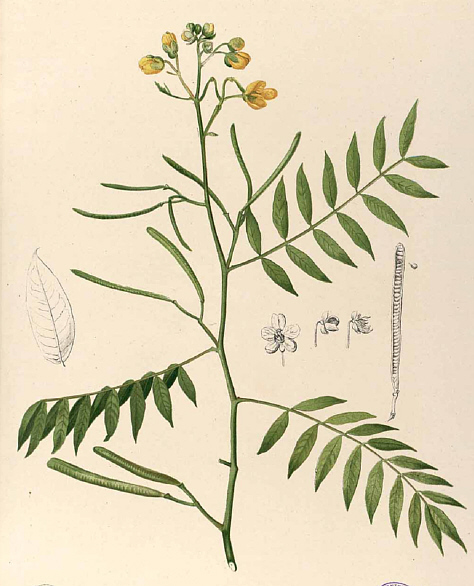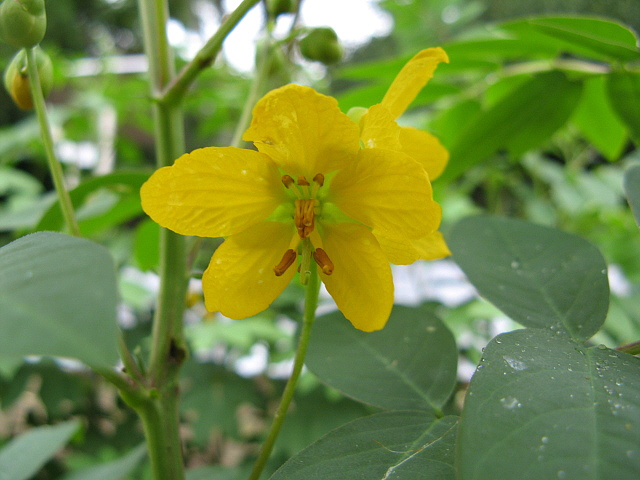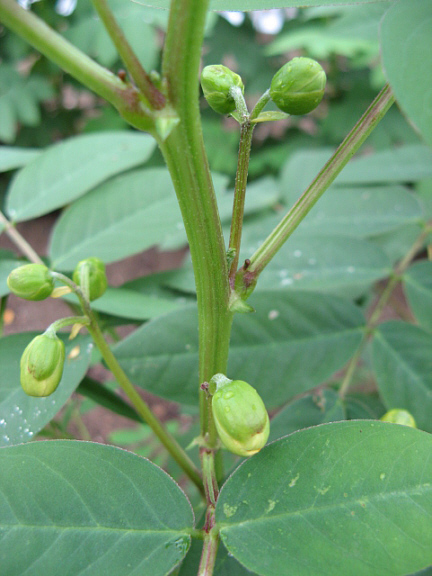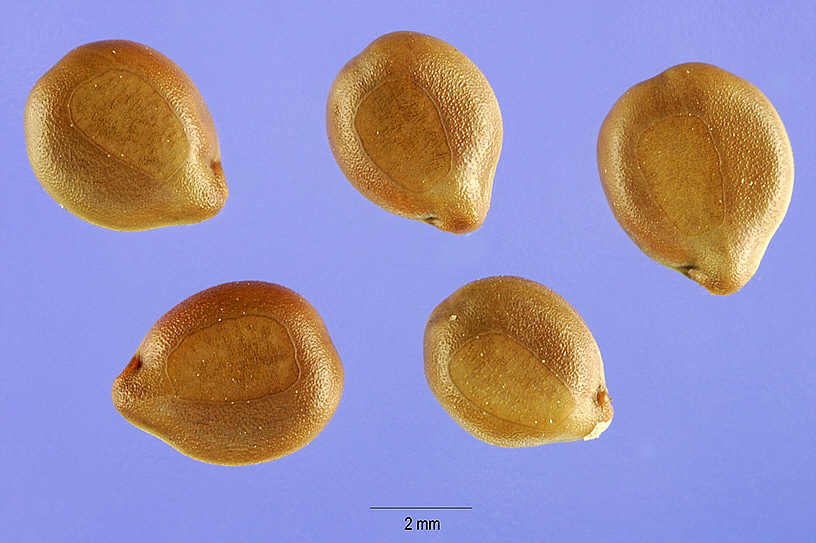

Zitierweise / cite as:
Carakasaṃhitā: Ausgewählte Texte aus der Carakasaṃhitā / übersetzt und erläutert von Alois Payer <1944 - >. -- Anhang A: Pflanzenbeschreibungen. -- Senna occidentalis (L.) Link -- Fassung vom 2007-07-27. -- URL: http://www.payer.de/ayurveda/pflanzen/senna_occidentalis.htm
Erstmals publiziert: 2007-07-27
Überarbeitungen:
Anlass: Lehrveranstaltung SS 2007
©opyright: Dieser Text steht der Allgemeinheit zur Verfügung. Eine Verwertung in Publikationen, die über übliche Zitate hinausgeht, bedarf der ausdrücklichen Genehmigung des Verfassers
Dieser Text ist Teil der Abteilung Sanskrit von Tüpfli's Global Village Library
WARNUNG: dies ist der Versuch einer
Übersetzung und Interpretation eines altindischen Textes. Es ist keine
medizinische Anleitung. Vor dem Gebrauch aller hier genannten Heilmittel wird
darum ausdrücklich gewarnt. Nur ein erfahrener, gut ausgebildeter ayurvedischer
Arzt kann Verschreibungen und Behandlungen machen!
Falls Sie die diakritischen Zeichen nicht dargestellt bekommen, installieren Sie eine Schrift mit Diakritika wie z.B. Tahoma.
Verwendete und zitierte Werke siehe: http://www.payer.de/ayurveda/caraka0001.htm
Senna occidentalis (L.) Link = Cassia occidentalis L. = Ditremexa occidentalis (L.) Britt. & Rose ex Britt. & P. Wilson
arab. sannā = erleichtern, purgieren; lat. occidentalis = westlich
Fabaceae - Hülsenfrüchtler
"Cassia occidentalis L., ein 1 m hoher Strauch, in allen Tropengegenden verbreitet, liefert in den eiförmigen, seitlich abgeflachten, etwas zugespitzten, fahl graugelben Samen (Fedegozosamen) ein Kaffeesurrogat ( Neger-, Sudan- und Mogdadkaffee)" [Quelle: Meyers großes Konversations-Lexikon. -- DVD-ROM-Ausg. Faksimile und Volltext der 6. Aufl. 1905-1909. -- Berlin : Directmedia Publ. --2003. -- 1 DVD-ROM. -- (Digitale Bibliothek ; 100). -- ISBN 3-89853-200-3. -- s.v.]
sanskrit:
śuṣā: Caraka I,27,88 (śāka)
Bhāvaprakāśa:
kāsamarda
arimarda
kāsāri
karkaśa
dt. Kaffee-Senna
engl. Coffee Senna, Septiweed, Negro Coffee
Bhāvaprakāśa: I, S. 285f.
Pandey: II, 187ff.
Hunnius s.v. Cassia senna
ausführlich: http://www.payer.de/ayurveda/pflanzen/senna_occidentalis.htm

Abb.: Senna occidentalis (L.) Link - Kaffee-Senna
[Bildquelle: Wikipedia]

Abb.: Senna occidentalis (L.) Link - Kaffee-Senna
[Bildquelle: Wikipedia]

Abb.: Senna occidentalis (L.) Link - Kaffee-Senna
[Bildquelle: Wikipedia]

Abb.: Senna occidentalis (L.) Link - Kaffee-Senna, Samen
[Bildquelle:
http://plants.usda.gov/java/profile?symbol=SEOC2. -- Public domain]
Drury:
"Cassia occidentalis (Linn.) Do. Payaverei, Tam. Payavera, Mal. Cashanda, Tel.
Description.—Annual ; erect, branches glabrous; leaflets 3-5 pairs, without glands between them, ovate-lanceolate, very acute, glabrous on both sides; petiole with a large sessile gland near its tumid base; flowers longish-pedicelled, upper ones forming a terminal raceme, lower ones 3-5 together, on a very short axillary peduncle; legumes long when ripe, when dried surrounded with a tumid border nearly cylindrical; flowers yellow. Fl. All the year.—W. & A. Prod. i. 290.—Senna occidentalis, Roxb. Fl. Ind. ii. 343.------Common everywhere.
Medical Uses.—This is very nearly allied to C. sophera; the best distinction is the position of the seeds. It is a native of both Indies, and is found in this country everywhere among rubbish The leaves, which are purgative, have a very unpleasant odour. In the West Indies the root is considered diuretic, and the leaves taken internally and applied externally, are given in cases of itch and other cutaneous diseases both to men and animals. The negroes apply the leaves smeared with grease to slight sores, as a plaster. The root is said by Martius. to be beneficial in obstructions of the stomach, and in incipient dropsy.—Wight. Lindley."
[Quelle: Drury, Heber <1819 - 1872>: The useful plants of India : with notices of their chief value in commerce, medicine, and the arts. -- 2d ed. with additions and corrections. London : Allen, 1873. -- xvi, 512 p. ; 22 cm. -- s.v.]